These Personal Dating Ads From 1800s Newspapers Are Hilarious And Sweet
Before Tinder, Bumble, and Hinge, there were personal dating ads in newspapers.
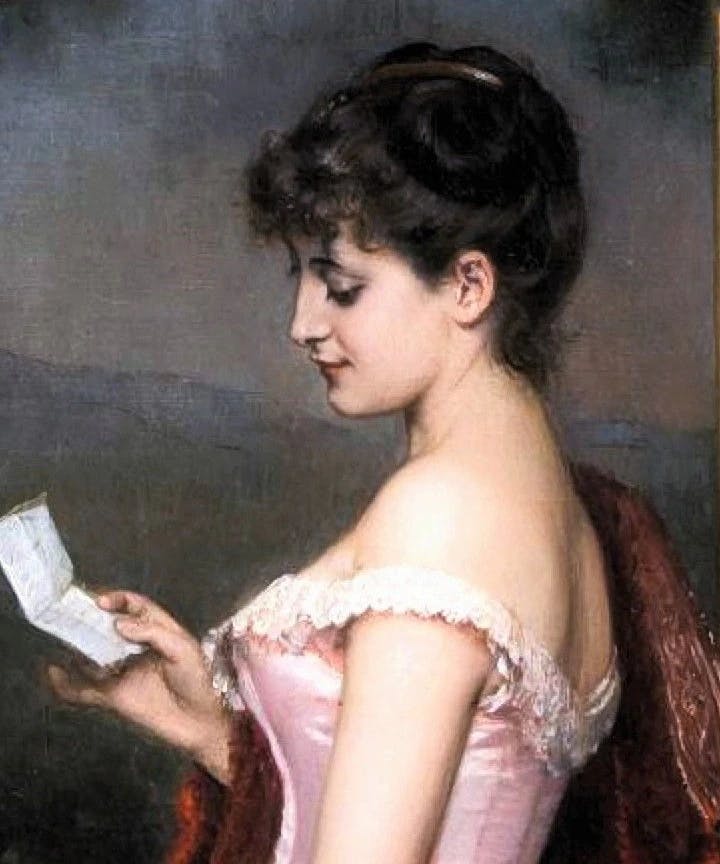
Popular in the 19th century and early 20th century, they were the perfect way to find a spouse through advertisement instead of hoping to find someone in-person. Though these ads didn’t result in awkward DMS (maybe awkward letters though), many of them prove that dating hasn’t changed much over the last few centuries. Though some of the ads are sweet and romantic, some will make you laugh out loud and remind you of the worst Bumble profile you’ve ever seen.
Some of the Ads Are Sweet
Some of the ads are very sweet and wholesome, including this 1865 ad that went viral on Twitter in 2017. The ad reads: “CHANCE FOR A SPINSTER – A young man in Aroostook County, Maine, advertising for a wife speaks of himself as follows: 'I am eighteen years old, have a good set of teeth, and believe in Andy Johnson, the Star Spangled Banner, and the 4th of July. I have taken up a State lot, cleared up eighteen acres last year, and seeded ten of it down. My buckwheat looks first-rate, and the oats and potatoes are bully. I have got nine sheep, a two-year-old bull, and two heifers besides a house and a barn. I want to get married. I want to buy bread-and-butter, hoop-skirts, and waterfalls for some person of the female persuasion during life. That's what's the matter with me. But I don't know how to do it.”
This ad is so straightforward yet sweet. He puts everything he can offer on the table and promises to provide for his wife. Though many marriages in this time period were economic matches instead of love matches, this ad provides a chance for a comfortable life with a gentleman farmer. I hope he found a wife and fell in love because he definitely deserved it. (I mean, c'mon, he's 18 and he already has his life together!)
Another sweet ad came from the March 9, 1866 issue of the New York Times. The ad reads: “Matrimonial – The world is so full of poetry, beauty, and glory, and I have no one to share it with me; no one to read with me my Shakespeare and Milton, to enjoy with me nature, art, letters, society; I seek, therefore, my other and better half, my complement and peer, equal, though not like; myself a New-Englander by birth, of liberal culture and pursuits, of about 35 years of age, a gentleman and a Christian in my aspirations.”
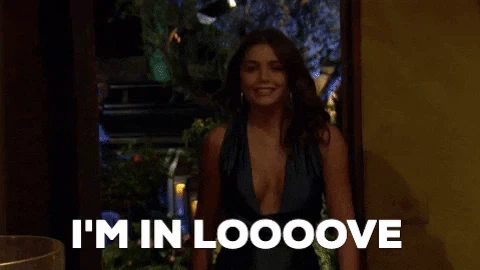
Is it possible to go back in time to find this guy? We all want a man who likes Shakespeare and poetry as much as we do! Men, take notes from these two guys because chivalry isn’t dead, even in the 21st century.
Some Are Weirdly Descriptive
Like many profiles on modern dating apps, some of the ads were weirdly descriptive and cringey (yet hilarious). In 1860, a Massachusetts man placed an ad looking for a woman with “dark flowing hair, a little mite curly, dimples on her cheeks, mild, gentle, slow, with pleasant eyes looking out of her head.”
The ad continued, “I don’t want a glass-eyed or lantern-jawed woman, one that is as cross as blazes and gads about, gossiping and making mischief all over town.”
Being wary of a “glass-eyed or lantern-jawed woman” who “gads about, gossiping and making mischief” leaves us wondering if he’s trying to avoid a particular woman who screwed him over in the past. It also gives off the same energy of a guy at a bar who tells you you’re ugly after you say you don’t want to go home with him. It could be a bit of both, but either way, this ad reminds us of something we’d see on a modern dating app and swipe left immediately.
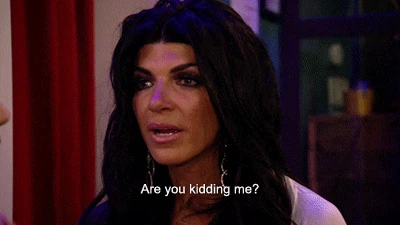
Another ad from The Pittsburgh Press from 1921 gave off similar vibes. The ad says, “I am 27, employed by the government, have small but reasonable salary, will make some poor working girl, from 18 to 25, a good husband and a happy home; must be Protestant; no dancers, flirts, or streetwalkers need answer.”
This is the 1920s version of dudes on dating apps who have perfectly normal bios, and then it ends with “NO UGLY OR FAT CHICKS!” We get it. You’re a shallow jerk with zero self-awareness. Buh-bye!
Some Women Took Charge of Their Own Fate
Not all ads were posted by men. Some were posted by women who wanted to take their fate into their own hands. One 1894 ad from the Derbyshire Courier reads: “Spinster, middle-aged, lady-like and very affectionate with ample private income. Feeling lonely, wishes to correspond with high principled Christian gentleman (bachelor or widower) of a quiet and sympathetic nature, with a view to marriage.”
This ad is awesome – this woman wants to take her future into her own hands, but she refuses to lower her standards to find a man, and we love that for her.
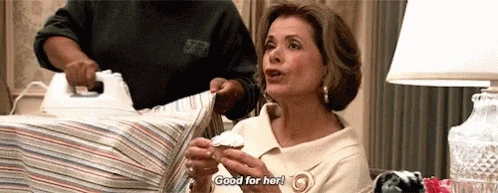
In her book Matrimony, Inc.: From Personal Ads to Swiping Right, a Story of America Looking for Love, historian and author Francesca Beauman wrote about an 1835 ad from the New York Herald that was a success story. In her ad, a woman named Maria wrote, “HUSBAND WANTED – A young lady about 21 years of age – pleasing manners and accomplished – is anxious to change her condition and would like to have a husband sometime before the 1st of January next. She has a little fortune – not much – is well connected – and has every requisite to make any gentleman of congenial habits happy in the married state. She would prefer a husband not over thirty-five – but would not refuse even forty. Fortune is not so much of an object.”
Maria later sent a wedding invitation to the New York Herald founder James Gordon Bennet Sr. to thank him for publishing her ad, as she found a husband shortly after the ad was published. Her story is proof that it’s worth shooting your shot, and it doesn’t hurt to thank those who helped you out along the way.
Some Were Looking for Missed Connections
Other ads look like something you’d find on your college class Facebook group (do people still do that?) or Yik Yak of a guy looking for a girl he saw on campus.
Trying to find a missed connection, one man posted an ad in the New York Times in 1862 after he spotted a beautiful woman on the street. The ad reads: “If the young lady wearing the pink dress, spotted fur cape and muff, had light hair, light complexion and blue eyes, who was in company with a lady dressed in black, that I passed about 5 o’clock on Friday evening in South Seventh Street, between First and Second, Williamsburg, L.I., will address a line to Waldo, Williamsburg Post Office, she will make the acquaintance of a fine young man.”
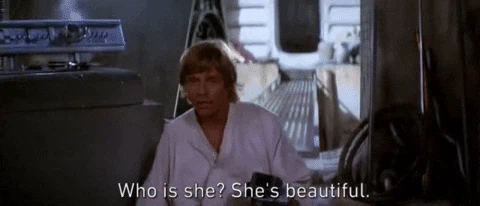
A similar New York Times ad from 1879 reads: “Liederkranz Ball: Beautiful young girl with rosy cheeks and bright blue eyes under black mask and laughs like a siren: wore wine-colored satin domino, pearl headdress and jewelry; white camellias; waltzed like a fairy with tall Spanish gentleman; gentleman of high social reputation asks the liberty of an honorable introduction.”
It’s probably the hopeless romantic in us, but we can’t help but find these ads to be so enchanting. They remind us of Prince Charming trying to find Cinderella by finding the woman who fits the shoe she left behind, proving that he’s willing to do anything to find the woman of his dreams.
Closing Thoughts: Has Dating Really Changed Since the 19th Century?
We often romanticize stories of the past because they’re glamorous (we'll take a grand ball over a dingy bar any day) and transport us into another time, but we can still live out our romantic Jane Austen-esque dreams today. If we compare these ads to modern-day dating app profiles, we see that there have always been romantic men and not-so-romantic men – we just need to figure out ways to tell the difference between the two.
Figuring out the difference can be hard, but one way to channel your inner Elizabeth Bennet is to set your standards high. Don’t let a man treat your poorly, make your relationship expectations clear, and take a courtship-like approach to dating. In short, know your worth (it’s more than a guy who just wants a one-night stand), kiss hookup culture goodbye, and start dating with purpose.
Readers make our world go round. Make your voice heard in the official Evie reader survey.